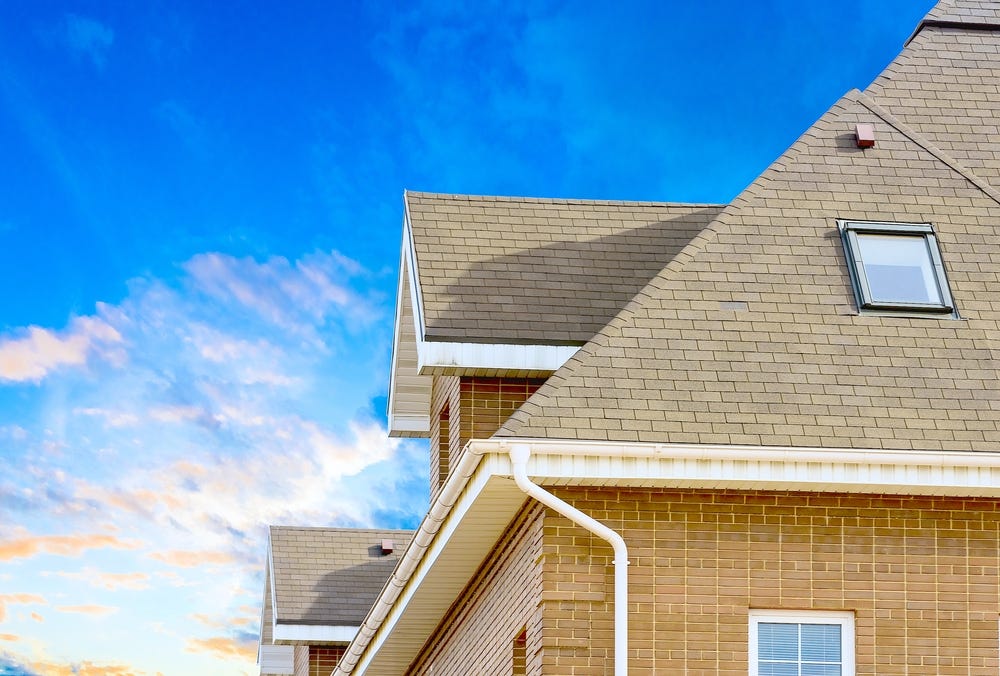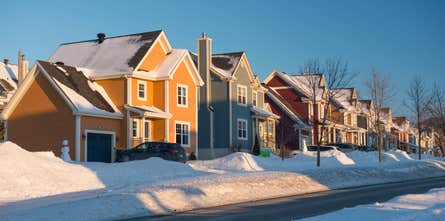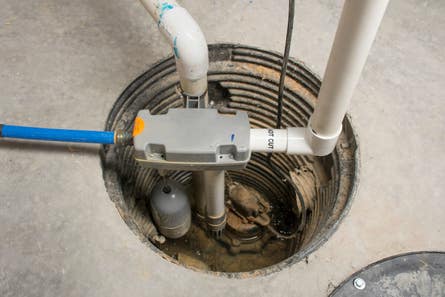Home maintenance & insurance: Tips you can use
Maintaining your home is key to retaining value, minimizing claims, and reducing costs. Here's what you need to know about home maintenance, especially as it pertains to homeowners insurance.
7 signs it’s time to replace your roof
A leaky roof is proof enough that you need a repair. But how do you know when it’s time to replace your roof entirely?
Read this post-
How to keep pipes from freezing
Freezing pipes are one of the most common home insurance claims in the winter. Protect your home with these tips.
-
The ultimate guide to sump pump maintenance
Do sump pumps need maintenance? You bet they do! Keeping this appliance in good working order is an essential part of keeping your home safe after storms or heavy rainfall.
-
11 quick ways to winterize your home
Get ready for the cold weather with these 11 ways to winterize your home.



